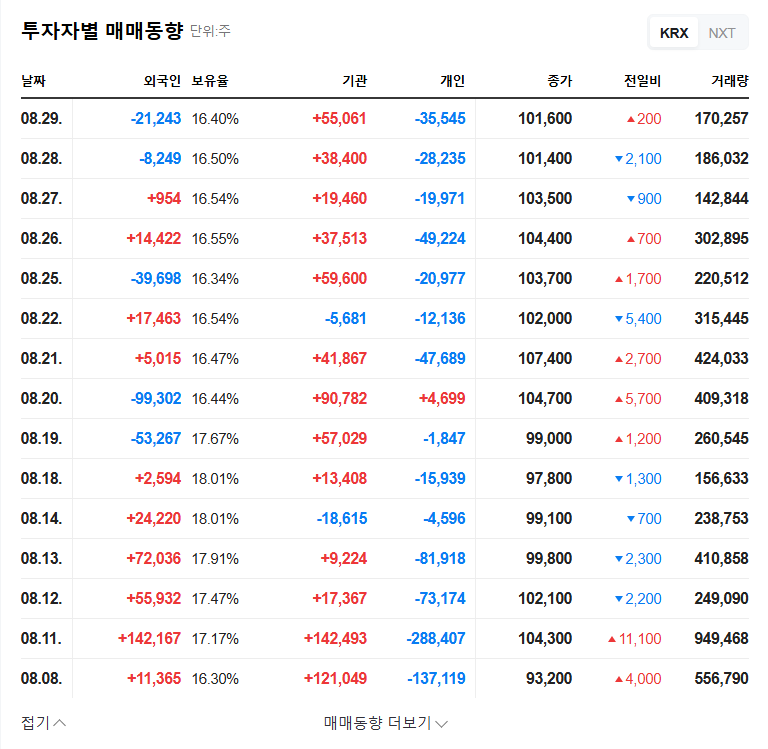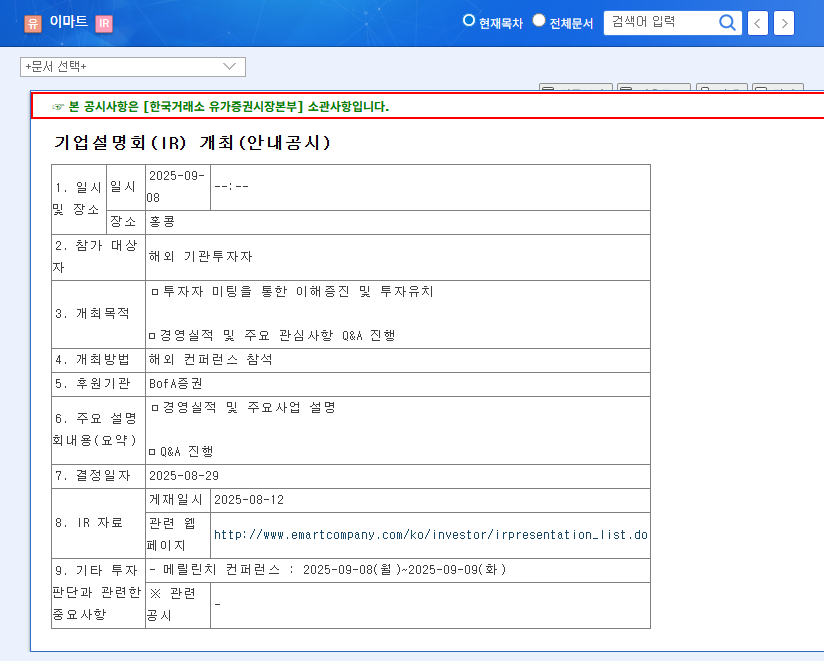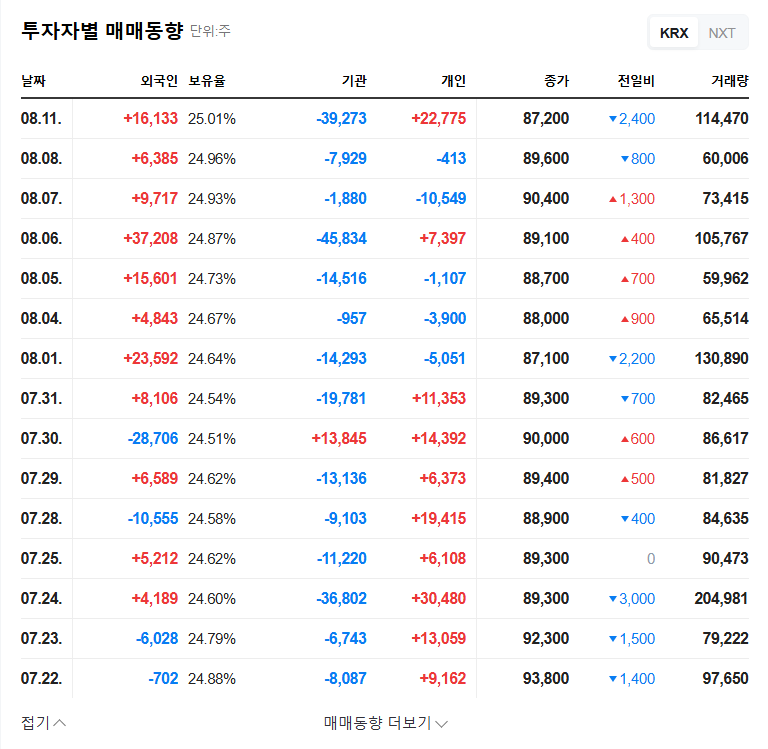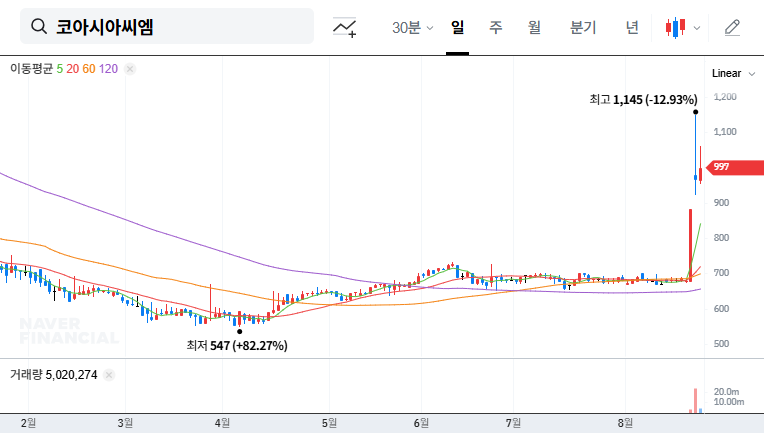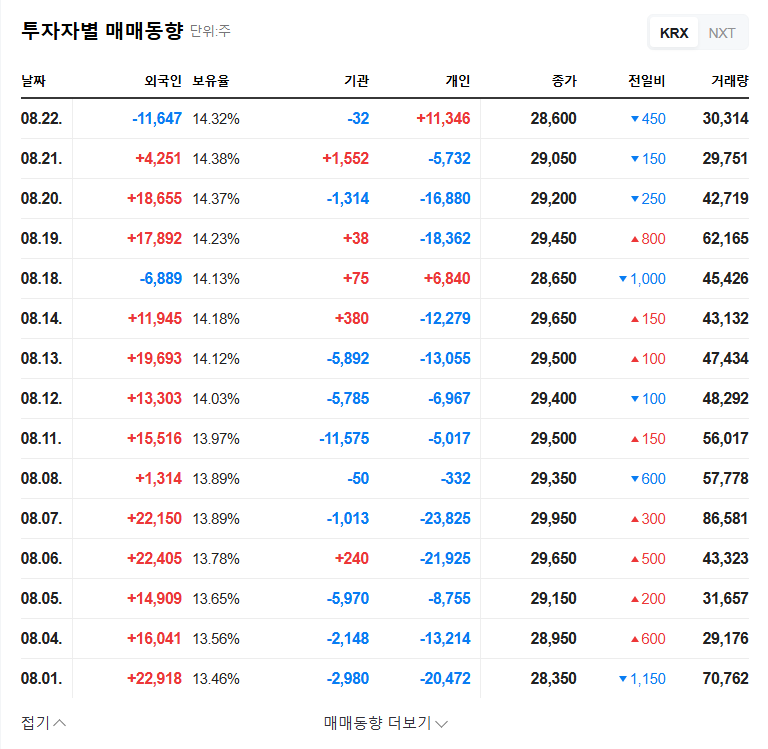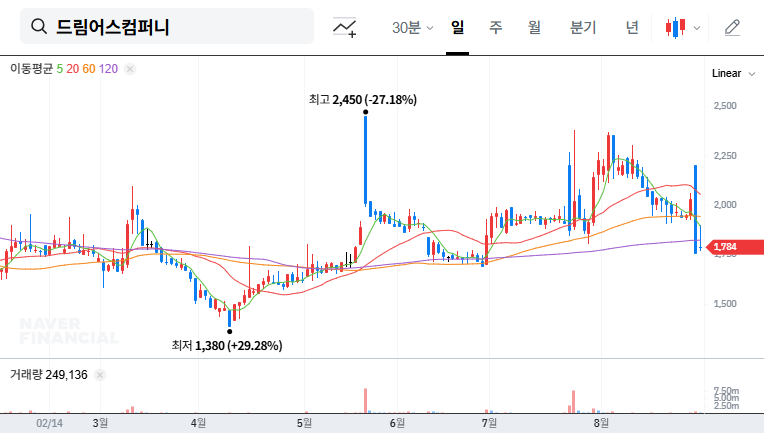
1. What Happened?
Dreamus Company announced a ₩20.8 billion FLO subscription contract with SK Telecom on September 1, 2025. The contract spans six months, from July 1 to December 31, 2025, and represents a significant 9.22% of Dreamus Company’s recent revenue.
2. Why Does It Matter?
This contract holds substantial weight for Dreamus Company, particularly following its return to profitability in the first half of 2025.
- Revenue Growth and Profitability Improvement: The ₩20.8 billion in additional revenue is projected to positively impact H2 2025 earnings, significantly contributing to maintaining profitability and improving margins.
- Core Business Strengthening: FLO is a core business for Dreamus Company. This strengthened partnership with SK Telecom will solidify its competitive position in the music streaming market.
- Customer Base Expansion: The FLO subscription offering is expected to positively influence new customer acquisition and existing customer retention, potentially driving long-term growth.
- Potential for Strategic Partnership Expansion: This collaboration with SK Telecom could pave the way for expanded partnerships in new business areas like AI and blockchain.
3. What’s Next?
While the deal is likely to have a positive short-term impact on the stock price, Dreamus Company still faces challenges like low operating margins and uncertainty surrounding its new ventures. These factors should be carefully considered when making investment decisions.
4. Investor Action Plan
- Short-Term Investors: Consider capitalizing on the positive momentum with a short-term investment strategy.
- Long-Term Investors: Continuously monitor key business competitiveness, new business performance, and profitability improvement trends to inform long-term investment decisions.
Frequently Asked Questions
Will this deal increase Dreamus Company’s stock price?
While a positive short-term impact is likely, the long-term stock performance hinges on strengthening core business competitiveness and the success of new ventures.
What are Dreamus Company’s main businesses?
The company operates music streaming services (FLO), K-POP merchandise and concert businesses, and is pursuing new ventures in AI and blockchain.
What are the investment risks associated with Dreamus Company?
Key risk factors include low operating margins and uncertainty surrounding new business ventures.

